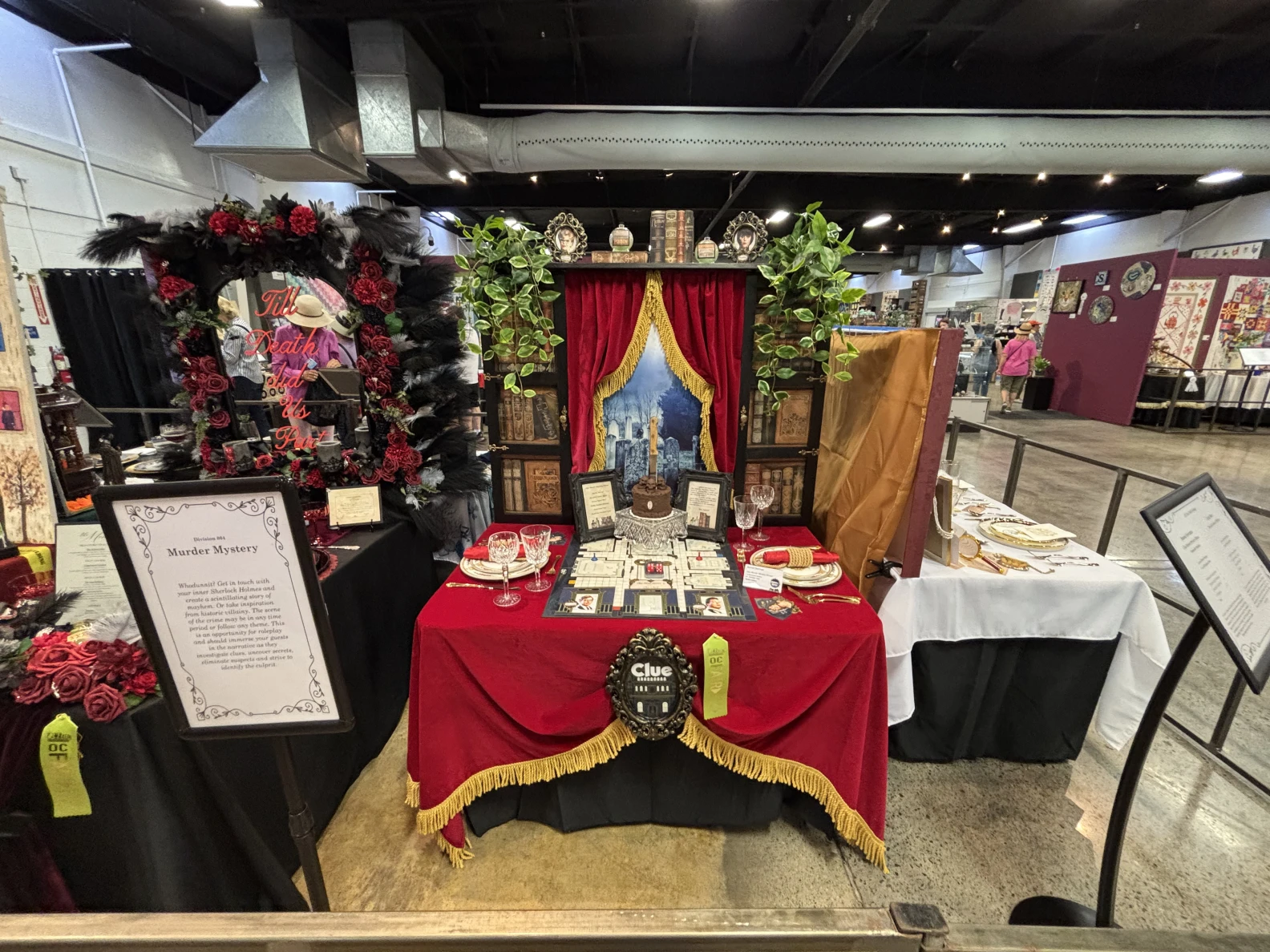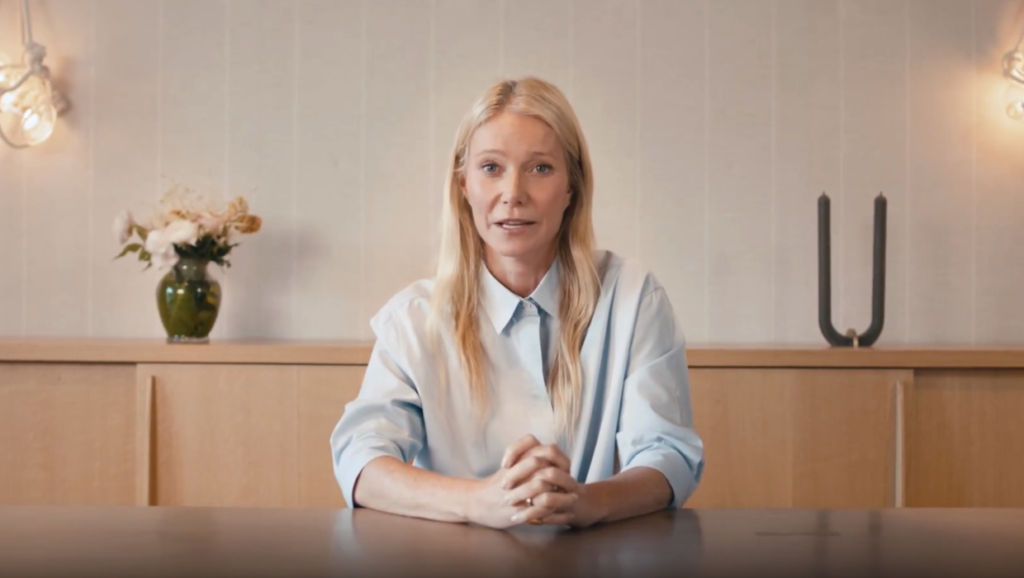When people think of the Orange County Fair, they imagine deep-fried treats, carnival rides, and petting zoos. But tucked away from the funnel cakes and Ferris wheels is one of the fair’s most unexpectedly intense competitions: competitive table setting, also known as tablescaping. This year, the 2025 OC Fair has taken tablescaping to new heights with more entries, more elaborate displays, and more passionate competitors than ever before.
What Is Competitive Table Setting?
Unlike traditional cooking or speed-based contests, tablescaping is a design-driven competition where participants create elaborate table settings based on creative themes. It’s not about setting a table quickly or serving real food. It’s about style, imagination, and perfect execution.
Participants are given a theme. This year included “Murder Mystery,” “Tropical Paradise,” “Steampunk,” “A Table for the Gods,” and “Find Your Happy.” Each competitor creates a menu and designs a table setting to match. But there’s a catch. No real food or disposable tableware is allowed, and every detail matters. If your menu includes salad and there’s no salad fork on the table, you’ll lose points.
How the Competition Works
The OC Fair releases its themes around six months before the event, giving competitors time to plan, build, and refine their designs. On setup day, which happens the weekend before the fair opens, competitors get just four hours to bring their vision to life.
Judging follows strict criteria, weighted equally:
- Suitability for occasion and theme (25%)
- Decorativeness and eye appeal (25%)
- Creativity and originality (25%)
- Correctness of setting (25%)
In addition to these judging points, rules also cap displays at 6.5 feet tall and ban certain props like real food or open flames. Even if a champagne bottle is empty, it might still cost you points if it appears too realistic.
A Growing Trend at the OC Fair
The surge in popularity is real. Just a few years ago, the competition had fewer than 20 participants. In 2025, over 60 entries were received, including high-profile names like YouTubers Grace Helbig and Mamrie Hart, and Emmy-winning production designer James Connelly, who all documented their table design journeys online. That kind of visibility has helped bring tablescaping into the spotlight.
Veteran competitor Bonnie Overman, who’s been part of the OC Fair for years, describes tablescaping as far more than decoration. “This is building, construction, sewing, and planning,” she says. “You can’t just throw something together. Every detail is intentional.”
The Stakes Are Real
While the prizes may seem modest, ranging from $20 to $150 depending on placement, it’s about much more than the money. Titles like “Best of Division,” “Best Napkin Folds,” or “Most Creative” come with serious bragging rights. And then there are the ribbons. Some competitors join just for that iconic, oversized OC Fair ribbon.
Lisa Minsky, a seasoned competitor who won this year’s “Best of Division” for her display in the “Find Your Happy” category, knows how serious it gets. Years ago, she was marked down for using a champagne bottle even though it had been emptied and resealed to meet the rules. Judges didn’t know it was fake, and that tiny detail cost her valuable points.
What Makes a Winning Table?
Judges look for far more than pretty plates. Annie Morgan, a chef and returning judge for the event, compares judging to serving on a jury. “There are strict guidelines,” she says. “The public may not always understand why someone didn’t win, but every decision is based on the score sheet.”
Each table tells a story. Bonnie Overman’s Clue-themed murder mystery table was complete with red velvet curtains and a spooky graveyard window. Meanwhile, Tim Wyckoff, a longtime tablescaper, created a tropical paradise entry featuring an animatronic parrot he programmed himself. That design took second place and left spectators in awe.
Why Do People Do It?
Some competitors join for the creative outlet. Others are drawn to the spirit of competition. For many, it’s personal. Tim Wyckoff shared that during one of the darkest times in his life, facing job loss and near homelessness, tablescaping gave him purpose. “This makes me happy,” he said. “I don’t ever want to stop.”
Then there are those like Lisa Minsky, who combine multiple passions like painting and miniatures into their entries. Her 2025 table was a heartfelt display of her happiest dining memories, crafted down to the tiniest detail.
How to See the Table Settings at the OC Fair
The OC Fair is open through August 17, 2025, giving you plenty of time to visit this unique and inspiring competition. The fair is located at 88 Fair Drive in Costa Mesa, right in the heart of Orange County.
To see the table settings, head to the designated exhibits hall, where rows of intricately designed mini tables are on full display. Every table includes a menu, a story, and a full scoring breakdown from the judges.
It’s a fascinating look into a world where design, detail, and drama come together in a competition like no other.
Conclusion
The 2025 OC Fair’s table setting competition proves that even the most unexpected contests can be deeply meaningful, highly competitive, and wildly creative. Whether you’re inspired by the craftsmanship or intrigued by the high-stakes judging, this competition is one of the most memorable experiences at the fair.
And for those who scoff at decorating a table as a sport, spend five minutes at the exhibit and you’ll quickly realize this is art, passion, and community on display. From animatronics to storybook settings, every table is a labor of love.
Don’t miss your chance to see it in person before the OC Fair closes on August 17, 2025. It just might be the wildest ride of all.




